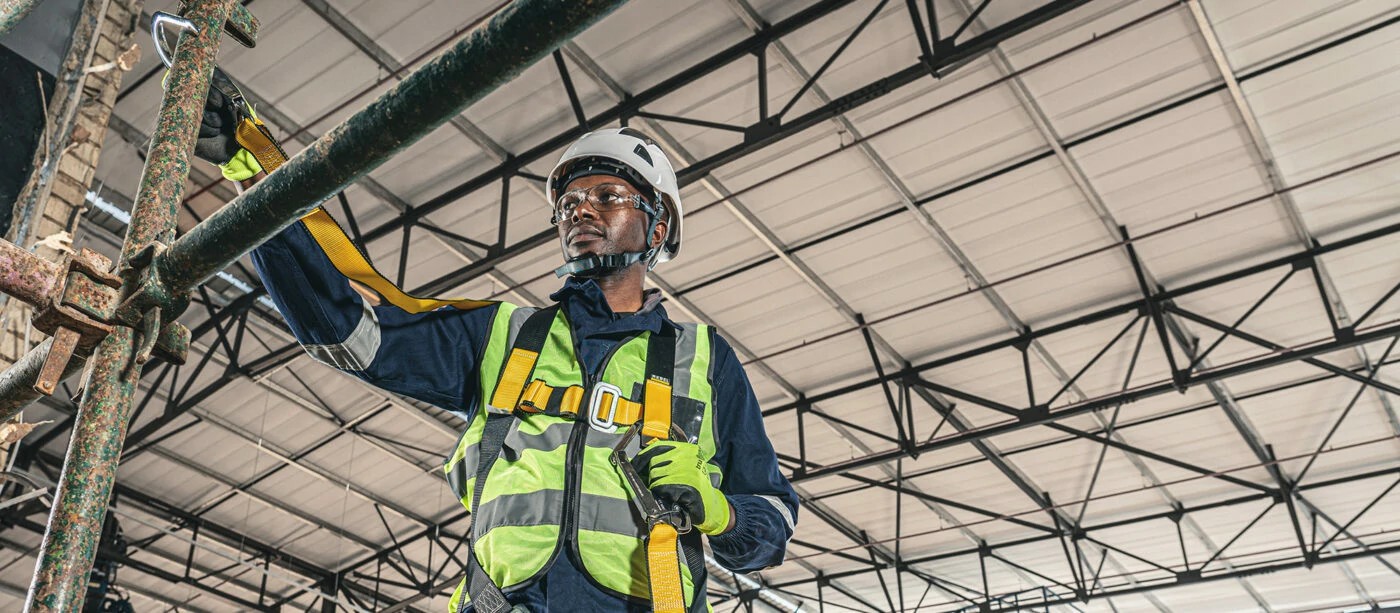


 349,500 Offered Certificates
349,500 Offered Certificates
 24/7 Online Training
24/7 Online Training
 Money Back Guarantee
Money Back Guarantee
 Fully Accredited Courses
Fully Accredited Courses

Created at: 22-02-2025 14:27
Working at heights presents numerous safety risks that can lead to severe injuries or fatalities if not properly managed. The gravity of these risks makes Working at Heights training a crucial component of workplace safety protocols. In this blog, we will delve into the key safety risks when working at heights, the importance of proper training, and real-life case studies illustrating the impact of effective training programs.
The dangers associated with working at heights are multi-faceted. Identifying these risks is the first step in implementing safety measures that can prevent accidents.
Proper Working at Heights training equips employees with the knowledge and skills necessary to perform their tasks safely. Here’s how training contributes to reducing risks:
Implementing proper fall protection systems is vital when working at heights. These systems include:
Even with the best training and safety measures, emergencies can occur. Having a solid emergency response plan is essential:
To illustrate the effectiveness of certified Working at Heights training, let’s look at some real-world case studies:
In a construction site in Dublin, a worker fell from scaffolding due to a lack of safety harnesses. Fortunately, the site conducted regular Working at Heights courses, ensuring all workers understood the importance of using fall protection. As a result, a quick-thinking coworker who had recently completed the course was able to assist in safely lowering the worker. This incident highlighted the necessity of ongoing training and responsiveness.
A warehouse in Cork experienced a near miss when a worker almost slipped from an unstable ladder. Thanks to the comprehensive Working at Heights Certification obtained through a structured training program, the worker was familiar with recognizing and reporting unsafe conditions. This proactive approach resulted in immediate corrective actions, strengthening overall safety measures.
Working at heights entails significant risks, but these risks can be effectively managed through thorough training, proper use of fall protection systems, and well-structured emergency response plans. To ensure your team is prepared and compliant, consider enrolling in a Working at Heights safety course today. Our Working at Heights Course Online provides comprehensive training that adheres to industry standards. For any inquiries, feel free to reach out to us at [email protected].